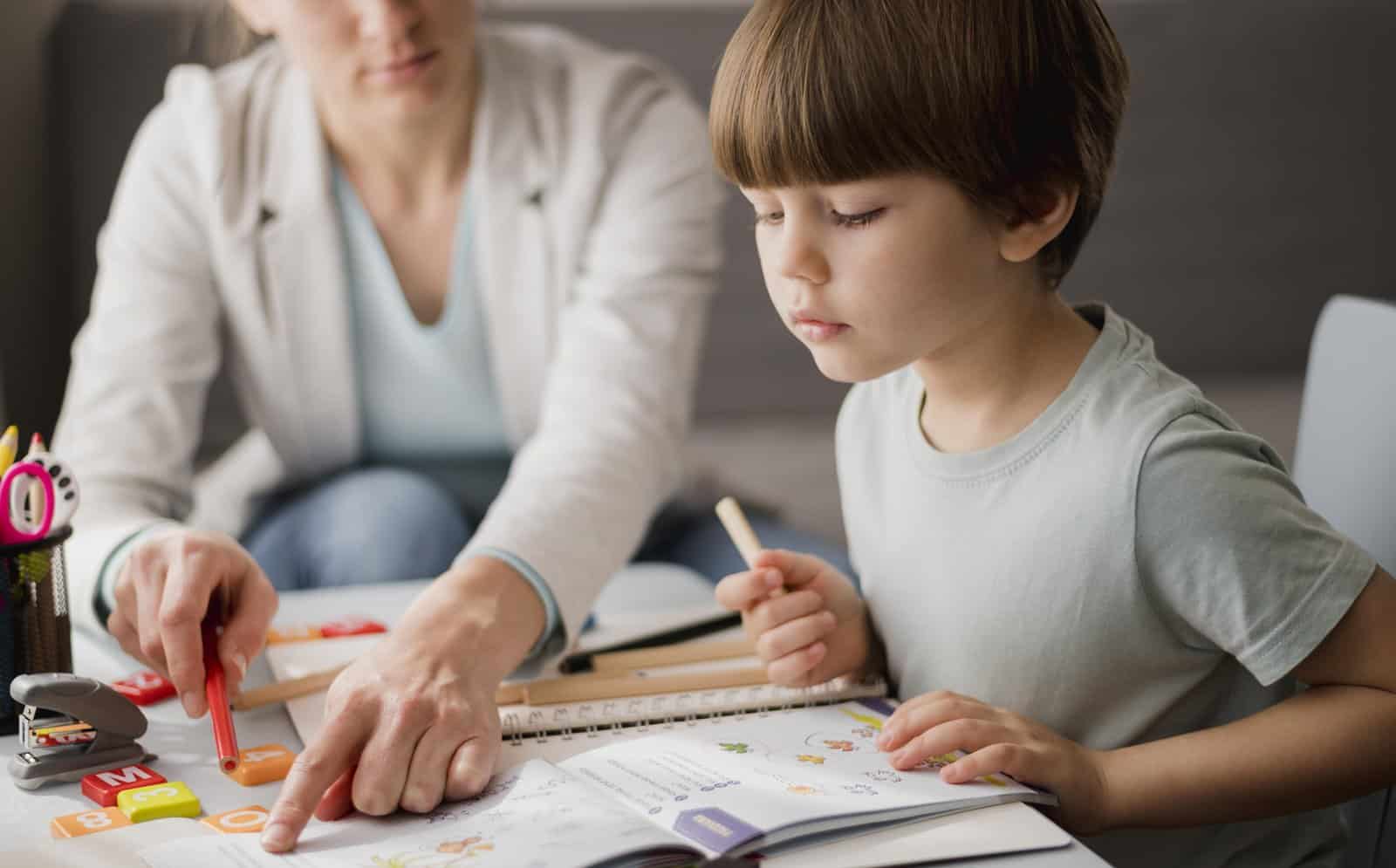
Active Learning Strategies: Helping with Homeschool
Finding ways to deliver educational content that is explanatory but also exciting can be a challenging task. Finding active learning strategies that are comprehensive and deliberate in their delivery is important.
Numeracy and literacy are integral to the foundations of education and finding effective and effective learning strategies are important. There is a myriad of online content that can aid with these subjects.
LearningMole has put together some active learning strategies to help you deliver fun lessons for your children while there is less hassle with lesson preparation for you. Active learning strategies make teaching numeracy and literacy an exciting task.

Active Learning Strategies: Reading Comprehension
Learning to read is one of the most exciting things you can teach your child or students to do, but it’s not quite as easy as picking up a book and letting them learn words from texts. Children won’t be familiar with particular words that we understand, and finding creative and structured ways to help them learn is important.
Finding active learning strategies to assist with reading comprehension can relieve parents, guardians, and teachers from certain difficulties with teaching children to read. Active learning strategies for reading comprehension could include summarising, sequencing, comparing and contrasting, problem-solving, and self-questioning. There are plenty of methods to help children with reading comprehension and allow them to think deeper about what they are absorbing.
While reading is incredibly important for spelling and grammar, it also lends itself to critical thinking, allowing students to think about wider themes and why a particular story is written. Active learning strategies assist children with widening their creative and critical thinking skills.

Allowing children to use their own knowledge and connect it with the facts they have gleaned from the story itself. This is a great way for children to become involved with the story and for them to find clues into where the plotline is driving them.
Using active learning strategies to assist with comprehension is a great way of encouraging children to engage in a novel or short story and allow them to see parallels between multiple works. While phonics is important for understanding words, reading comprehension is integral to be able to evaluate and understand texts and to find deeper meanings in work.
Finding active learning strategies to evaluate reading comprehension is an important skill to give to your child as they will be able to apply these to any written format and find ways to problem solve situations and assist with deeper learning in subjects that might not necessarily be related to traditional reading.
Active learning strategies aid with reading comprehension and aid children with critical thinking skills that will be useful in learning situations as they grow.
Active Learning Strategies: Mental Math Strategies
Mental math is one of the most important ways that adults can use numbers. Instilling mental math strategies in children allows them to properly formulate and assess situations as well as solve problems and sums with ease. Introducing active learning strategies to early years children to help students with mental maths can revolutionise how they view numbers and what they do with them.
Learning active learning strategies for mental maths can assist with a variety of different topics: counting, addition, subtraction, multiplication, and division can all be taught using active learning strategies. Helping children learn mental maths gives them a great base knowledge to grow on as their mathematical education is widened.

One of the simplest and most basic active learning strategies that aid with children’s learning of counting is using fingers. This can help children with addition and subtraction, with a relevant amount of ease. Children enjoy this method as it is so tactile and it gives them something to physically do.
It also allows children to connect numbers to their hands. Seeing the number of fingers that are connected to the number five, for example, removes the abstract nature of numbers and makes them a very physical thing. Small sums can be done using fingers and it is a perfect active learning strategy for children in Key Stage One. Using small sums like 2+2 or 4+1 are great ways of getting them to engage with the work.
Active learning strategies provide visualisation for children as they practice mental maths, which is an exciting endeavour. Not only do they get to see numbers when using fingers or objects, but the answer is also incredibly visual to them. Mental maths is an important skill as well because it aids children in understanding sequences.
Understanding sequences and patterns is an important part of maths, but it also aids with mathematical skills that aid with number order. One method to teach them is to always put the big number first in addition. Using easy equations, you can test your child to see what they’ve absorbed and offered a few others to ensure that they understand the process of addition.
Active Learning Strategies: Addition and Place Value
The major reason that active learning strategies are so important is to provide children with solutions to finding the answers for problems and sums. One thing that can be particularly difficult is larger numbers. Active learning strategies provide help with adding larger digits and can teach about place value.
One way of teaching this type of math strategy is partitioning. Partitioning is essentially when a number has been broken down into smaller ones for consumption. This is done by breaking the numbers down into hundreds, tens, and units. From here, after separating the numbers, you can add the hundreds together, the tens together, and then the units together. When these numbers are combined together, the three separate answers bring the final answer for the original equation.
This active learning strategy helps children deal with much larger numbers in a clear and concise way, giving them the confidence to utilise them in the future. This is an activity that can be done on paper, but eventually can be used as a mental math strategy as they become accustomed to the sums and eventually do it in their heads. Partitioning, sorting, and recombining help children visualise their numbers and actively see the equations being worked out.
If you enjoyed learning about this stunning homeschooling, why not check out more exciting facts about other homeschooling articles: How to Homeschool, 4 Inspiring Resources for Learning History, The Benefits of Homeschooling and The Online Guide to Teaching at Home.
Why not subscribe to our LearningMole Library for as little as £1.99 per month to access over 2100 fun educational videos.


Leave a Reply